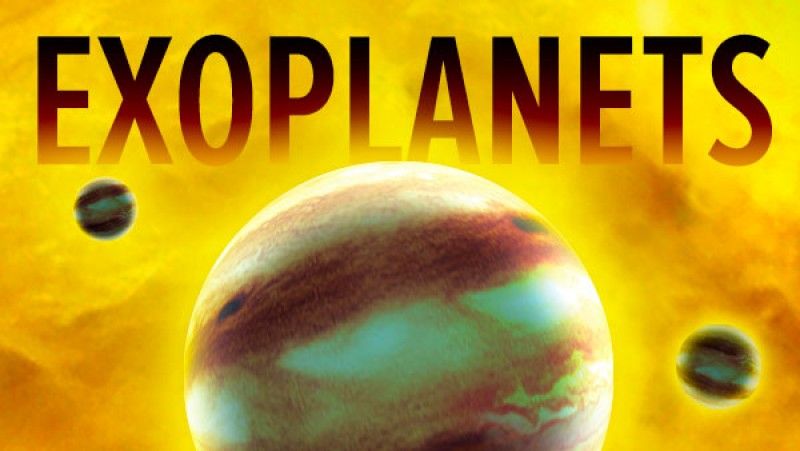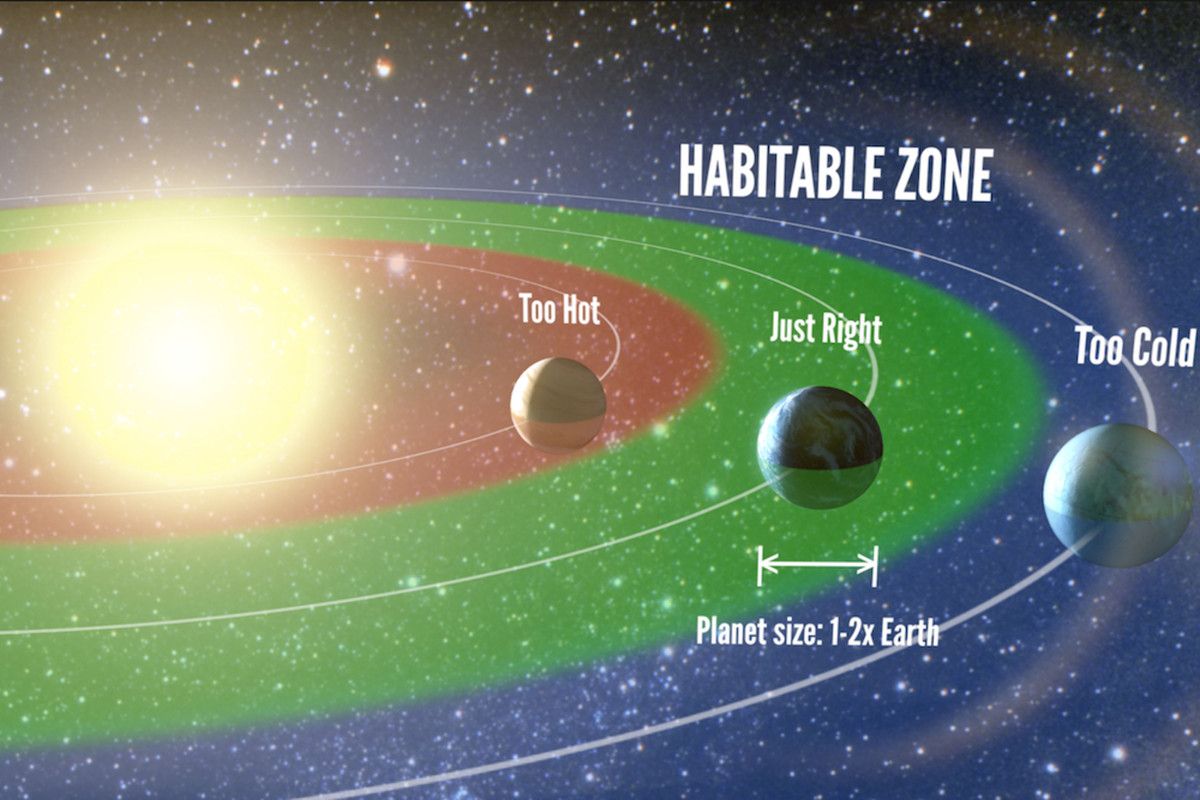Exoplanets May Have ‘Greater Variety of Life’ Than Exists on Earth, Study Claims
Listen to “E82 8-31-19 Exoplanets May Have ‘Greater Variety of Life’ Than Exists on Earth, Study Claims” on Spreaker.
Article by Mark Waghorn and Shivali Best August 22, 2019 (mirror.uk.co)
• Dr. Stephanie Olson is leading a study at the University of Chicago, using a NASA computer program that simulates the climates and seas of exoplanets outside of our own star system. She told the Goldschmidt Geochemistry Congress in Barcelona: “NASA’s search for life in the universe is focused on so-called Habitable Zone planets, which are worlds that have the potential for liquid water oceans. …[N]ot all oceans are equally hospitable – and some oceans will be better places to live than others due to their global circulation patterns.” Dr. Olson says, “It shows us conditions on some exoplanets with favorable ocean circulation patterns could be better suited to support life that is more abundant or more active than life on Earth.”
• Planets with strong ocean circulation, higher air density, slower orbits and more continents are the planets where extraterrestrials would most likely be found. Ocean circulation fuels the processes for the evolution of life. The nutrients from the ocean bottom upwell to feed the surface algae. Zooplankton eat the algae. More complex organisms consume the zooplankton. Soon the area becomes rich with marine life. Says Dr. Olsen, “More upwelling means more nutrient resupply, which means more biological activity. These are the conditions we need to look for on exoplanets.”
• There are up to 200 billion galaxies in the universe. Our galaxy holds 400 billion stars. The first exoplanet was discovered in 1992, and currently more than 4000 exoplanets have been confirmed. The nearest known exoplanet is Proxima Centauri b, which is 4.25 light years away. Two years ago seven Earth-sized planets were detected 40 light years away circling a star, named Trappist-1, all of which could have water. The discovery of exoplanets has accelerated the search for life outside our solar system, although the huge distances make them impossible to reach with space probes.
• Dr. Olsen’s study could help two of the largest ever proposed space telescopes – NASA’s HabEx (‘Habitable Exoplanet Imaging Mission’) and LUVOIR (‘Large UV Optical Infrared Surveyor’) – detect alien life. Telescopes and other remote sensors help scientists understand the conditions that prevail on exoplanets through sophisticated models for planetary climate and evolution. And they can identify which planets might host life. Says Dr. Olsen, “Now we know what to look for, so we need to start looking.”
• [Editor’s Note] Mainstream science is a sad paradox. On one hand, scientists believe that they are on the cutting edge of technology, and that all other galactic civilizations are constrained by the same technological limitations that we cope with. On the other hand, the Deep State possesses a wealth of unimaginable technology that would revolutionize our existence, but it has intentionally kept it secret from the general population, available only to the elites and their secret space programs.
Since the Deep State has also kept the abounding extraterrestrial presence a secret, these scientists, with their limited knowledge, falsely believe that since there are no aliens, then humankind must be an anomaly. As they were educated by the Carnegie/Rockefeller educational system to believe that Earth humans evolved from microbes in a primordial soup, these scientists are obsessed with finding exoplanetary conditions that might support microbial life, just to prove there is life elsewhere in the galaxy which they strongly suspect.
Soon these scientists will wake up to the fact that they have been lied to their entire lives, and in fact, every single star system in the universe holds life. Much of it is intelligent life with technologies and densities of consciousness that far-surpass our own. We are at the bottom of the food chain. We have been controlled by advanced negative self-serving extraterrestrials throughout our history, but no more so than today. These puppet masters have been ramping up their control mechanisms lately because they know that humanity is on the verge of waking up to realize that we have been laboring under a spiritual and technological embargo since World War II, and they are afraid of the day when humanity will see the truth, rise up and claim our sovereignty.
Planets orbiting distant stars outside our solar system may have an even greater variety of life than Earth, harbouring weird and wonderful aliens beyond our wildest imagination, scientists say.
Some will have better ocean circulation which fuels the processes necessary for the evolution of life, making them potentially more habitable than Earth.
And extraterrestrials are most likely to be hanging out on those with higher air density, slower orbits and more continents, say scientists.
The findings are based on a NASA computer program that simulated the climates and seas of these mysterious worlds, known as exoplanets.
Two years ago seven Earth-sized planets were detected 40 light years away circling a single star, named Trappist-1. All could have water.
The Milky Way has up to 400 billion stars – and there are up to 200 billion galaxies in the universe.

Study leader Dr Stephanie Olson, of the University of Chicago, said the model suggested some planets have better conditions for life to thrive than Earth itself.
She said: “This is a surprising conclusion. It shows us conditions on some exoplanets with favourable ocean circulation patterns could be better suited to support life that is more abundant or more active than life on Earth.”
Primitive microbes evolve in the sea due to a phenomenon called ‘upwelling’ where cold water rich in nutrients like nitrogen and phosphorus move to the surface.
This fuels algae, tiny photosynthesising plants that float in the ocean and often develop quickly into a ‘bloom’.
Explained Dr Olson: “Our work has been aimed at identifying the exoplanet oceans which have the greatest capacity to host globally abundant and active life.
“Life in Earth’s oceans depends on upwelling, or upward flow, which returns nutrients from the dark depths of the ocean to the sunlit portions of the ocean where photosynthetic life lives.
“More upwelling means more nutrient resupply, which means more biological activity. These are the conditions we need to look for on exoplanets.”
FAIR USE NOTICE: This page contains copyrighted material the use of which has not been specifically authorized by the copyright owner. ExoNews.org distributes this material for the purpose of news reporting, educational research, comment and criticism, constituting Fair Use under 17 U.S.C § 107. Please contact the Editor at ExoNews with any copyright issue.

